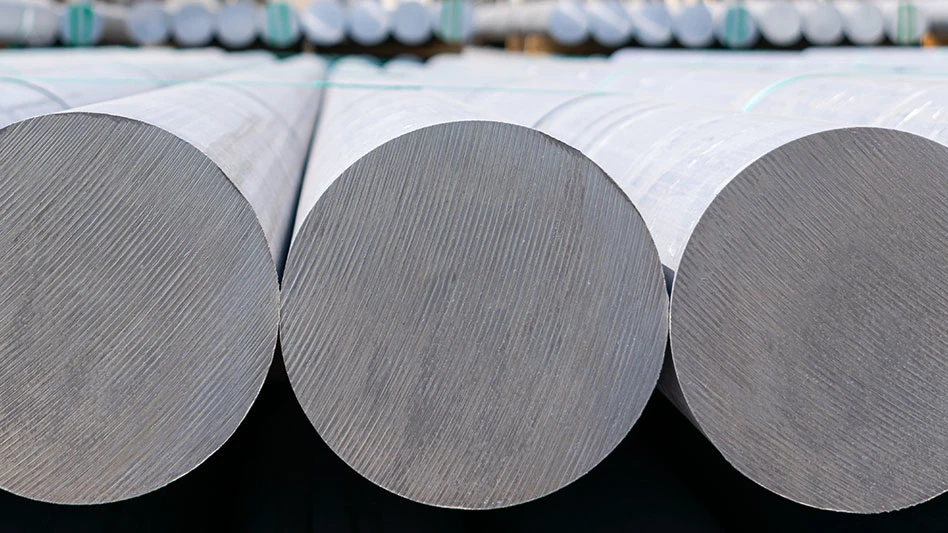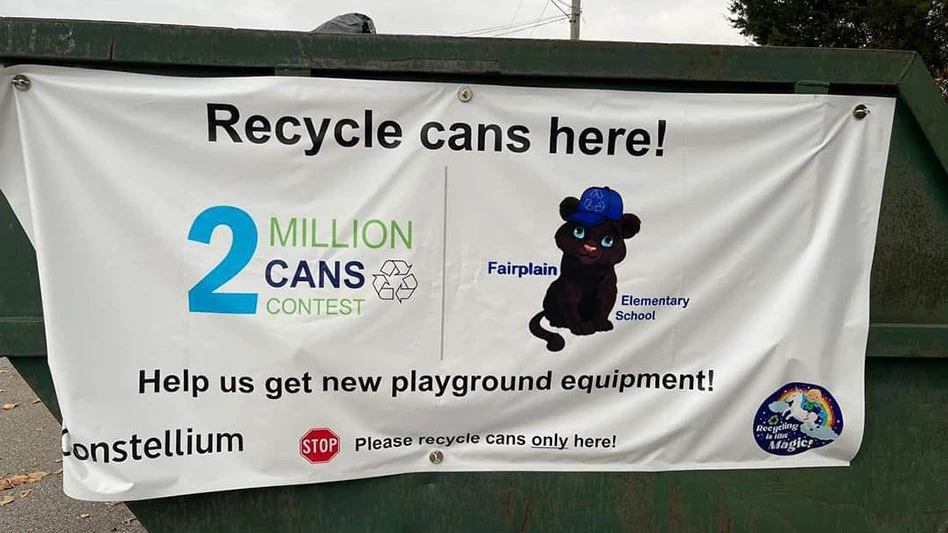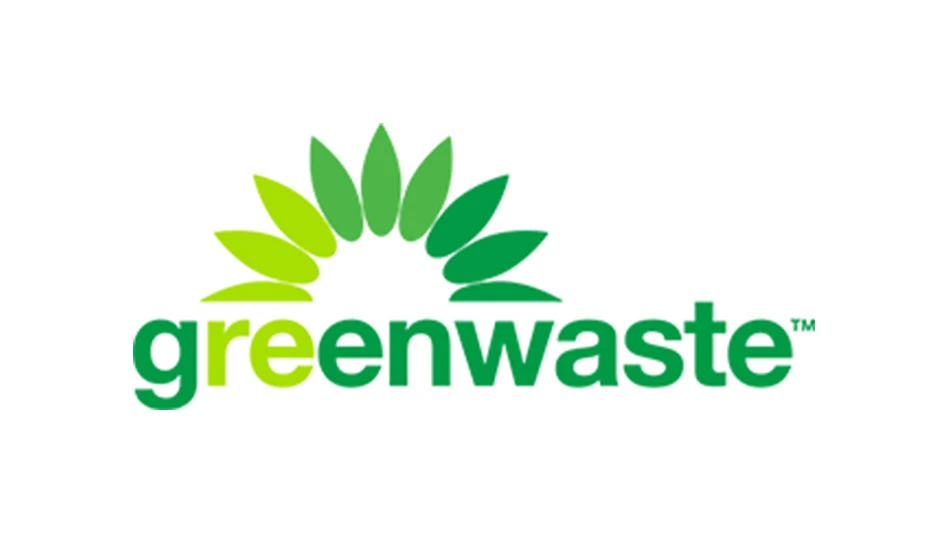The COVID-19 pandemic has grounded holiday travel plans for many Americans, but it has contributed to high-flying ferrous scrap prices in the late 2020 holiday season, as overseas and domestic demand outstripped supply.
In late November, overseas demand began putting upward price pressure on U.S. ferrous scrap supplies as governments around the world funded steel-intensive infrastructure plans. By the time domestic mills started making offers in early December, they encountered a loftier market that began rising some more.
“The export market is on fire, and it even caught me by surprise a little bit,” Nathan Fruchter of New York-based Idoru Trading tells Recycling Today in late November. Fruchter says in addition to the usual purchases from Turkey, buyers in Latin America and the Indian subcontinent were bidding aggressively for American scrap.
“Business has really slowed down the last month or so. It’s definitely not because of pricing.” – Midwestern scrap processor
Fruchter says many Turkish buyers have shifted their attention to the lower priced European and Black Sea markets, but those options are not available to Central and South American mills. Buyers for these mills have been willing to pay up to $20 or $30 more per ton to secure supplies from U.S. shippers to feed furnaces in their rebounding steel sectors.
“Buyers from Mexico, Peru, Ecuador and Brazil are all out there buying en masse,” Fruchter says of the late November market. “Over the years, we have seen all these countries buying scrap, some on a regular basis, others on and off, and some even—like Brazil—often off. But I cannot recall seeing so many [Latin American] buyers converging simultaneously on the market during the same month,” he adds.
Mills in those nations, Fruchter says, were “buying domestic scrap in their own markets, but there simply isn’t enough to go around. So, they look to the U.S. and are offering figures considerably higher than what the Turks are able to pay.”

He says that while East Coast and Gulf Coast shippers entertain the higher Latin American offers, for West Coast exporters, “Prices in Asia, from nations including Bangladesh and Vietnam, are strong enough, so they keep looking in that direction.”
A Dec. 3 report from the United Kingdom-based Seatrade Maritime News describes a “bull market in Bangladesh,” with prices there nearing $400 per long ton for containerized scrap. The surging market was likely to mean “recycling yards in both India and Pakistan will have to raise their price ideas.”
The ripple effect of the overseas demand was clear by the time Fastmarkets AMM settled its Midwest Index prices Dec. 10. Pricing for two of the three Midwest Index grades (No. 1 busheling and No. 1 heavy melting steel, or HMS) rose by more than $80 per ton, while the price of the third (shredded scrap) rose by nearly $76 per ton.

That outpaced the average export prices as tracked by Fastmarkets AMM. The publication had early December East Coast export prices settling at just under $340 per ton (about a $75 per ton increase over November) and West Coast prices averaging $316—only about $20 higher than November.
While the rising prices created the potential for a healthy margin for scrap processors, the bad news is that seasonal and public health factors limited the amount of scrap flowing into yards.
“We expect our flows to settle in at or return to 70 percent of pre-COVID levels,” says a processor on the East Coast about his company’s volume levels heading into the new year.
A processor in the Midwest says, “Business has really slowed down the last month or so. It’s definitely not because of pricing; I just don’t think there is as much scrap out there. I’m hoping for an uptick soon, but it might be a few months.”
The East Coast processor continues, “Domestic bids kept rising as mills couldn’t get their fill. We sold domestic plate and structural at up $65 early in December but could get another $20 now.”
Export demand, likewise, seems poised to continue, the processor says. “Container shred prices started November at less than $300 per metric ton but are now at $365 per metric ton.”
Regarding containerized ferrous scrap shipments, Fruchter says a constraint has taken shape as container and booking shortages are factors affecting several U.S. and Canadian port regions on the East and West coasts.
Winter weather, seasonal factory retooling programs and virus-related restrictions in economic activity contributed to the late 2020 spike in ferrous prices. “We have been fortunate to have been involved in some good demolition projects in November, but some of that is slowing down,” the East Coast processor says as of mid-December.
Get curated news on YOUR industry.
Enter your email to receive our newsletters.

Explore the January 2021 Issue
Check out more from this issue and find your next story to read.
Latest from Recycling Today
- SAFE calls for export ban on certain types of aluminum scrap
- Aqua Metals reports Q2 results
- Sourgum launches services in Mississippi
- PLASTICS provides FFRA, staffing updates
- Metals Innovation Initiative announces competition to address problems in Kentucky’s metals industry
- Dow, Mura Technology cancel chemical recycling plant in Germany
- Brightmark, Lewis Salvage partnership processes 1M pounds of medical plastics
- US paper recycling rate, exports down in '24






